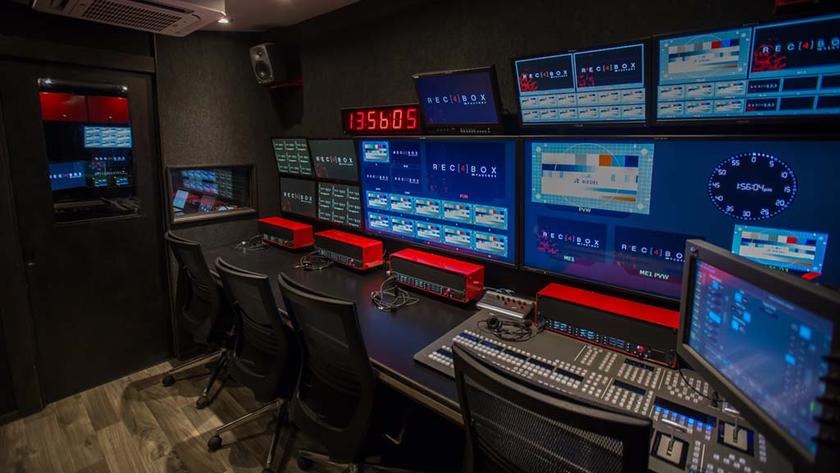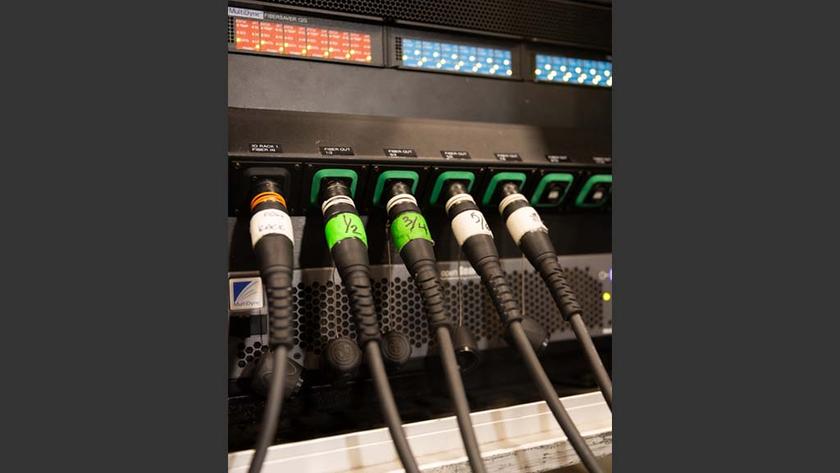The Automat way
As a boy growing up in the Long Island suburbs of New York City, there were many things I looked forward to when I would accompany my parents on a shopping or business adventure in the city. One vision that endures was a trip to the coin-operated, glass-and-chrome art deco wonder that was Horn & Hardart's Automat.
You could stick a few coins in a slot, open the door and feast on most anything you might want to eat. As if by magic, stuff just kept appearing behind those little doors. If you weren't in the mood for what was available, you could just wait a few minutes for something new to appear.
In the book “The Automat,” authors Lorraine B. Diehl and Marianne Hardart write, “By the peak of its popularity — from the Great Depression to the post-war years — the Automat was more than an inexpensive place to buy a good meal; it was a culinary treasure, a technical marvel, and an emblem of the times.” The Automat proved that à la carte dining did not need to be an expensive proposition.
There are some strong parallels (and major differences) between the Automat business model and the U.S. subscription multichannel TV business model employed by cable and DBS industries. It's not hard to imagine a monitor wall filled with 100 channels of content from which you could pick and choose. The proponents of à la carte TV channel selection would like to give consumers the ability to choose and pay for only the channels they want. The content conglomerates and the cable and DBS industries have other ideas.
Eat your spinach
One argument used in favor of à la carte selection is that it will allow consumers to control the content in the home, something the TV ratings system and the V-chip were supposed do.
The FCC just issued another report on the effects of TV violence on children, noting that children have more access to violent content than ever before, with both broadcast and subscription-based content sharing the blame. The report encourages Congress to give the FCC additional authority to regulate TV violence, and it encourages the multichannel services to give consumers the ability to select channels on an à la carte basis.
In written remarks that accompany the report, FCC Chairman Kevin Martin suggests that requiring cable and satellite television providers to offer programming à la carte would be a more content-neutral means for Congress to regulate violent programming and therefore would raise fewer constitutional issues.
In a direct shot at the industry practice of promoting large bundles of channels, Martin suggests, “While the Constitution protects the right to speak, it certainly doesn't protect a right to get paid for that speech.”
In essence, that is exactly what is happening today. U.S. consumers are accepting the notion that it is cheaper to buy a big bundle of channels — many of which they will not watch and may not want their children to watch. It's like going to the Automat and putting coins into every slot and then eating just the stuff you want.
The cable industry warns that à la carte will cost even more and tells parents to block — but still pay for — the channels that they do not want the children to see.
We have a TV obesity problem in this country. Somebody's getting fat on all-you-can-eat TV, but it's not the children or their parents. It's the content owners, who now expect two revenue streams from the content they produce — one from all of the ads that are squeezed in and around the content and another from the subscriber fees that the multichannel services collect from unsuspecting consumers. Now broadcasters are getting fat too, using retransmission consent to force the multichannel services to collect millions in fees that go straight to the balance sheet bottom line.
Two scoops
How did we get into this mess, where double dipping is the blue-plate special? The cable industry started it, collecting small subscriber fees for fledgling cable networks, back when the broadcast networks still controlled 90 percent of the audience. Over the years, these fees have grown, some to gargantuan proportions. The average monthly subscriber fee for ESPN is between $2.70 and $3.00. (No one knows for certain, as these figures are negotiated with each cable and DBS system, and subscribers are never informed how much they are actually paying for each channel.) Subscriber fees are the main reason that cable and DBS rates have been increasing at three times the rate of inflation since the cable industry was reregulated in 1992.
The media conglomerates used retransmission consent to rebuild their empires, threatening to withhold popular broadcast networks in order to get preferred placement and subscriber fees for new networks, like ESPN, FX and MSNBC. Then they went on a buying spree, gobbling up the most popular cable networks. The net result is that six companies now own 90 percent of what we watch; more than 85 percent of Americans pay monthly subscriber fees for ad-supported channels; and we have to watch more ads than ever.
So now some people are suggesting that buying programming on an à la carte basis is the solution. At the same time, the content owners are beginning to exploit new distribution channels, such as DVD sales, Internet streaming and downloads, and video-on-demand.
Cable industry leaders note that the changes taking place in the marketplace are happening so quickly that it is difficult to know what the TV viewing experience will be like in five years. If rates keep going up, one thing is clear: It may be cheaper to buy just the programs we want, rather than subscribing to a multichannel service.
In his remarks accompanying the FCC report on TV violence, Chairman Martin noted, “In Hong Kong, consumers can select and pay for only the channels they want. A family who wants to watch sports, movies, news and children's programming can receive 15 free channels plus a selection of 11 additional digital channels — including ESPN, HBO, CNN Headline News, National Geographic, Animal Planet and Discovery — for only $27.50 per month. To get the same channels in Washington, D.C., it would cost $82.00 per month.”
In Canada, Rogers cable now offers à la carte channel selection. Clearly the double dipping is causing American consumers to pay significantly more for their TV fix, which isn't the case outside our borders.
A step in the right direction
It's time for Congress to do something about the situation, as Chairman Martin does not believe that the FCC has the authority to regulate violence on nonbroadcast TV or to force the multichannel services to offer à la carte services. I've got a simple suggestion that shouldn't be too disruptive. Let's start by requiring the cable, DBS and new telco TV services to inform us what we are paying for each channel. That's it. All we need is full disclosure. In all likelihood, the marketplace can work out the rest of the details.
For example, somehow content providers in the UK can offer for free many of the channels we in the U.S. pay for. Why must we pay additional fees to watch ad-laden programming? If consumers were given the option to pay only for the channels they want to watch, would the fees increase to make up for the loss of subscribers? Or, would many of these channels just drop the fees so they could remain accessible to almost every home, as they are today? Learning the answers starts with informing people about the cost of free TV.
Craig Birkmaier is a technology consultant at Pcube Labs, and he hosts and moderates the OpenDTV forum.
Send questions and comments to:craig.birkmaier@penton.com
Web links
- “The Automat” by Lorraine B. Diehl and Marianne Hardart
www.theautomat.net - FCC Report 4/25/07 Violent Television Programming And Its Impact On Children
http://hraunfoss.fcc.gov/edocs_public/attachmatch/FCC-07-50A2.pdf
Get the TV Tech Newsletter
The professional video industry's #1 source for news, trends and product and tech information. Sign up below.













